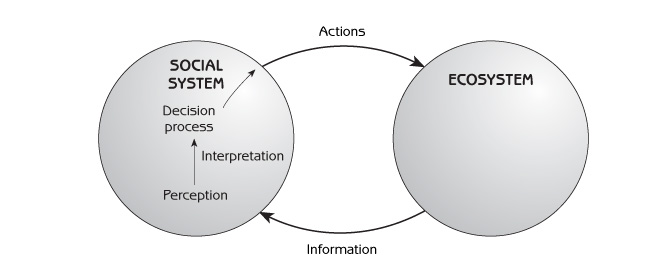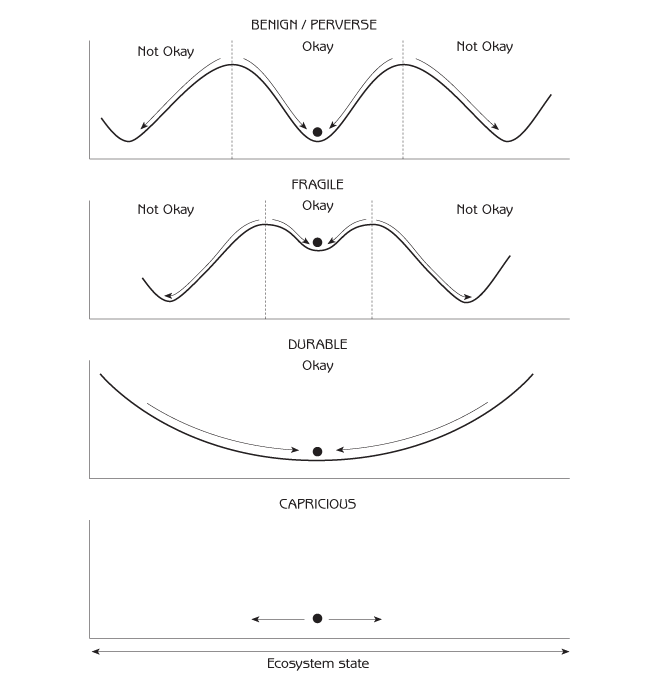
Extreme height and slope can often inspire a sense of awe. "Vertical illusions in architecture are important features. Occupants experience space and transitions through them. Considerate attention should be given to how people might perceive verticals by not only focusing on the vertical itself, but by also designing the spatial functions from which they stem. After all, even vertical sloped transitions are anticipatory – needing designed space that prepares one for their experience."
"Steep escalators, for instance, may need to stem from a platform that can house more people; thus, making the incline appear less steep and less intimidating. Conversely, to create a great feeling of awe, architects may want to embed a vertical element that stems from a more confined space so as to squeeze one’s eye upward – perhaps this is a vertical solely meant for observation instead of travel."
SOURCE: http://sensingarchitecture.com/287/how-vertical-illusion-affects-perception-in-architecture/
PERCEPTION AND MEMORY ARCHITECTURE
"The successful realisation of building projects and urban planning strategies is dependent not on a single master-handed designer but rather a consortium of concerned interests. The architect’s job among all these players is to understand the goals of each and distill them into a building that not only satisfies programmatic functions but also imparts its users with symbolic meanings and somatic responses.
In his discussion of perception’s importance to an individual’s experiences within built and natural environments, Allen establishes a binary distinction between smooth spaces and striated spaces. The former is defined by a standard that is explicitly organised and overwhelmingly apparent in its expression, while the latter stands in contrast, defined by complexity and ambiguities in every direction. The dualism between smooth and striated spaces is manifest physically in two prime examples, the ocean (smooth, infinite horizon) and the major cities of the world (striated, hectic) which have a seemingly infinite scope of vertical striations and unique permutations within them.
Smooth seas or deserts are composed of a dominant line where water or mountain meets the sky, while striated cities are a great multitude of temporarily fixed and ever shifting points, the perception of which induces the sensation of parallax within the individual. The effect of this phenomenal accumulation of objects shifting constantly around us gives big cities their own frenetic energy, whereas the overwhelmingly simple dichotomy of water and sky in nature has the opposite effect, inducing feelings of serenity by reducing surroundings to two pure planes whose sheer scale assures their immutability to human intervention."


Common Perceptions of Nature:
- Everything in nature is connected - human actions generate chains of effects that reverberate through ecosystems and social systems.
- Nature is benign and perverse (the ‘okay/not okay’ principle) - human-induced succession
- Nature is fragile -small departures from natural conditions can lead to disastrous and irreversible consequences for ecosystems.
- Nature is durable - people can use and shape nature any way they want.
- Nature is capricious (unpredictable) - nature acts at random.

Stability domain diagrams for different perceptions of nature
No comments:
Post a Comment